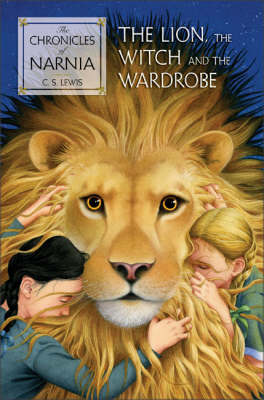Reviewed by nannah on
I'm also not very familiar with the Bible or any of its stories, so I'm judging this book as a fictional story alone, not as an allegory.
Off the bat though, his writing doesn't impress:
"(their names were ____, _____, and ____, but they do not come into the story much.)"
. . . Thanks? I don't know if this is supposed to be added for narrative charm or something, but it just seems awkward and intrusive.
Also:
"Whatever is this?" said Peter's voice, sounding tired and pale in the darkness. (I hope you know what I mean about a voice sounding pale.)
This doesn't read as stylistic charm. This is more like laziness, as if he came across it in an edit and just didn't feel like changing it.
The story itself is charming, though, and moves quite quickly--more like a fairy tale than a book. Especially when it comes to telling telling instead of showing; character emotions are talked about to the audience in a way that they aren't experienced in real time but summarized.
Characters also seem to know things they previously had no knowledge of (or they had actually stated they had no knowledge of)--like the Witch not knowing how Edmund came to Narnia and then showing him how to get home a single conversation later.
Speaking of characters, the four main characters here (Peter, Edmund, Susan, & Lucy) felt more like board game pieces to be talked at or pushed around than protagonists of their own story. Seldom did they ever do anything of their own will. Everything is placed in their hands, or they're manipulated or charmed into doing something. The beavers particularly moved the plot forward by instructing the kids what to do, where and when, for about a fourth of the story. I know this was written in a different time, but as a reader in the present time reading for enjoyment, all this seems like an info dump at best to keep the book short and moving forward.
Maybe if I'd read this when I was a child, this would be dearer to my heart, but for now, it's just a quick and ok read.
Reading updates
- Started reading
- 27 December, 2015: Finished reading
- 27 December, 2015: Reviewed
